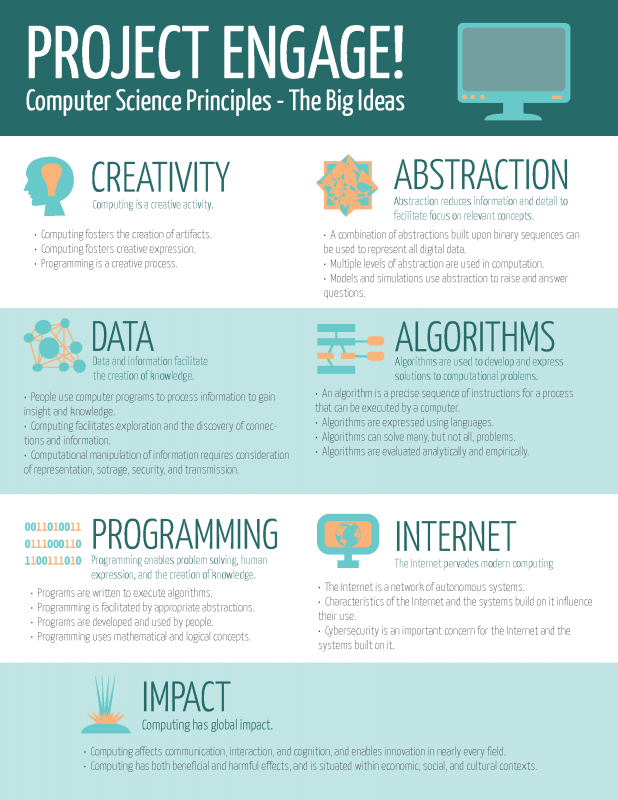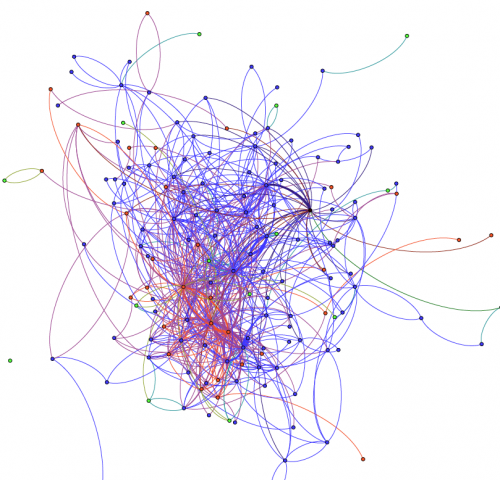I was in Vancouver at AERA 2012 last week, where I had the opportunity to present some of my recent work and catch up with colleagues. A few of the conversations I had centered around the increasing interest our field is receiving. This is a great time to be involved with educational technology, though there’s a lot of discussion about what higher education may look like a few years down the road. At the same time however, contemporary discourse on how technology can “transform” education concerns me because it is largely guided by techno-enthusiasm, techno-determinism, and a desire to improve “efficiency,” on models grounded on marginal costs and revenues. This is not a new concern – I wrote about it in the past as well. However, George Siemens does a great job describing what current thinking in the edtech corporate world looks like. My perspective is that, if we want to improve education for all, we have to engage with educational technology critically, involve educators in designing innovations, and use the research that a lot of us have done on learning, education, and technology.
To this end, I decided to share a a list of papers from my research library that offer a critical perspective on the use of technology in education. This is not a rant against the field. Rather, this is an attempt to highlight alternative ways of thinking. Alternative perspectives are important, because they help us question our assumptions and worldview. I thought it was about time for this, as the last entry that I wrote on this issue was about two years ago. If you have any additional work that might fit into this category, please share it in the comments section, and I will update the blog entry with those. Alternatively, you can add papers to this group on mendeley (feel free to join as well).
Amory, A. (2010). Education Technology and Hidden Ideological Contradictions. Educational Technology & Society, 13(1), 69- 79.
Bayne, S. (2010). Academetron, automaton, phantom: uncanny digital pedagogies. London Review of Education, 8(1), 5-13.
Friesen, Norm. (2010). Education and the social Web: Connective learning and the commerical imperative. First Monday, 15(12).
Friesen, Norm. (2011). Critical Theory: Ideology Critique and the Myths of E‐Learning, (February), 1-20.
Kahn, R., & Kellner, D. (2007). Paulo Freire and Ivan Illich: technology, politics and the reconstruction of education. Policy Futures in Education, 5(4), 431-448.
Njenga, J. K., & Fourie, L. C. H. (2010). The myths about e-learning in higher education. British Journal of Educational Technology, 41(2), 199-212.
Oliver, M. (2011). Technological determinism in educational technology research: some alternative ways of thinking about the relationship between learning and technology. Journal of Computer Assisted Learning, (November 2010), no-no. doi:10.1111/j.1365-2729.2011.00406.x
Peck, C., Cuban, L., & Kirkpatrick, H. (2007). Techno-Promoter Dreams,Student Realities. Phi Delta Kappan, 83(6), 472-480.
Piña, A. A. (2010). Online diploma mills : implications for legitimate distance education. Distance Education, 31(1), 121-126. doi:10.1080/01587911003725063
Ravenscroft, A. (2001). Designing E-learning Interactions in the 21st Century: revisiting and rethinking the role of theory. European Journal of Education, 36(2), 133-156. doi:10.1111/1467-3435.00056
Sahay, S. (2007). Beyond Utopian and Nostalgic Views of Information Technology and Education: Implications for Research and Practice. Information Systems, 5(7), 282-313.
Selwyn, N. (2010). Looking beyond learning: notes towards the critical study of educational technology. Journal of Computer Assisted Learning, 26(1), 65-73. doi:10.1111/j.1365-2729.2009.00338.x
Selwyn, Neil. (2011). Editorial: In praise of pessimism—the need for negativity in educational technology. British Journal of Educational Technology, 42(5), 713-718.
Selwyn, Neil, & Gorard, S. (2004). Exploring the role of ICT in facilitating adult informal learning. Education, Communication & Information, 4(2-3), 293-310. doi:10.1080/14636310412331304726
Warschauer, M. (2007). The paradoxical future of digital learning. Learning Inquiry, 1(1), 41-49. doi:10.1007/s11519-007-0001-5
Weston, M. E., & Bain, A. (2010). The End of Techno-Critique : The Naked Truth about 1 : 1 Laptop Initiatives and Educational Change. The Journal of Technology, Learning, and Assessment, 9(6).




